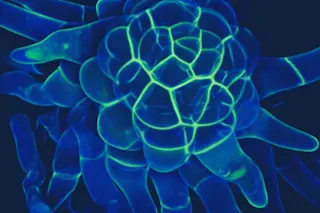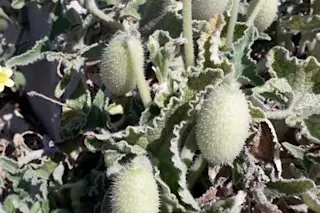Stem cells at the tip of a Physcomitrella moss shoot split and multiply in a spiraling pattern, letting the plant go beyond the two-dimensional growth of its algae ancestors. (Credit: Jill Harrison, University of Bristol)Plants dominate life on Earth, making up more than 80 percent of biomass as measured in gigatons of carbon. On land, plants today boast a wide range of complex shapes, from stout baobab trees to winding ivy, but they all evolved from a simpler past. Land plants trace their roots to aquatic algae that were limited to pretty much two options when it came to structure: stringy or flat. But somewhere along the way, these early plants learned to grow in a multitude of shapes to adapt to life outside water.It all comes down to how plant cells multiply. Algal cells split and grow either in a straight line or a flat plane, but land plants’ ...
Divide and Conquer: How Cell Splitting Lets Plants Thrive on Land
Discover how three-dimensional growth in land plants evolved through the CLAVATA cellular signaling pathway in mosses.
More on Discover
Stay Curious
SubscribeTo The Magazine
Save up to 40% off the cover price when you subscribe to Discover magazine.
Subscribe













